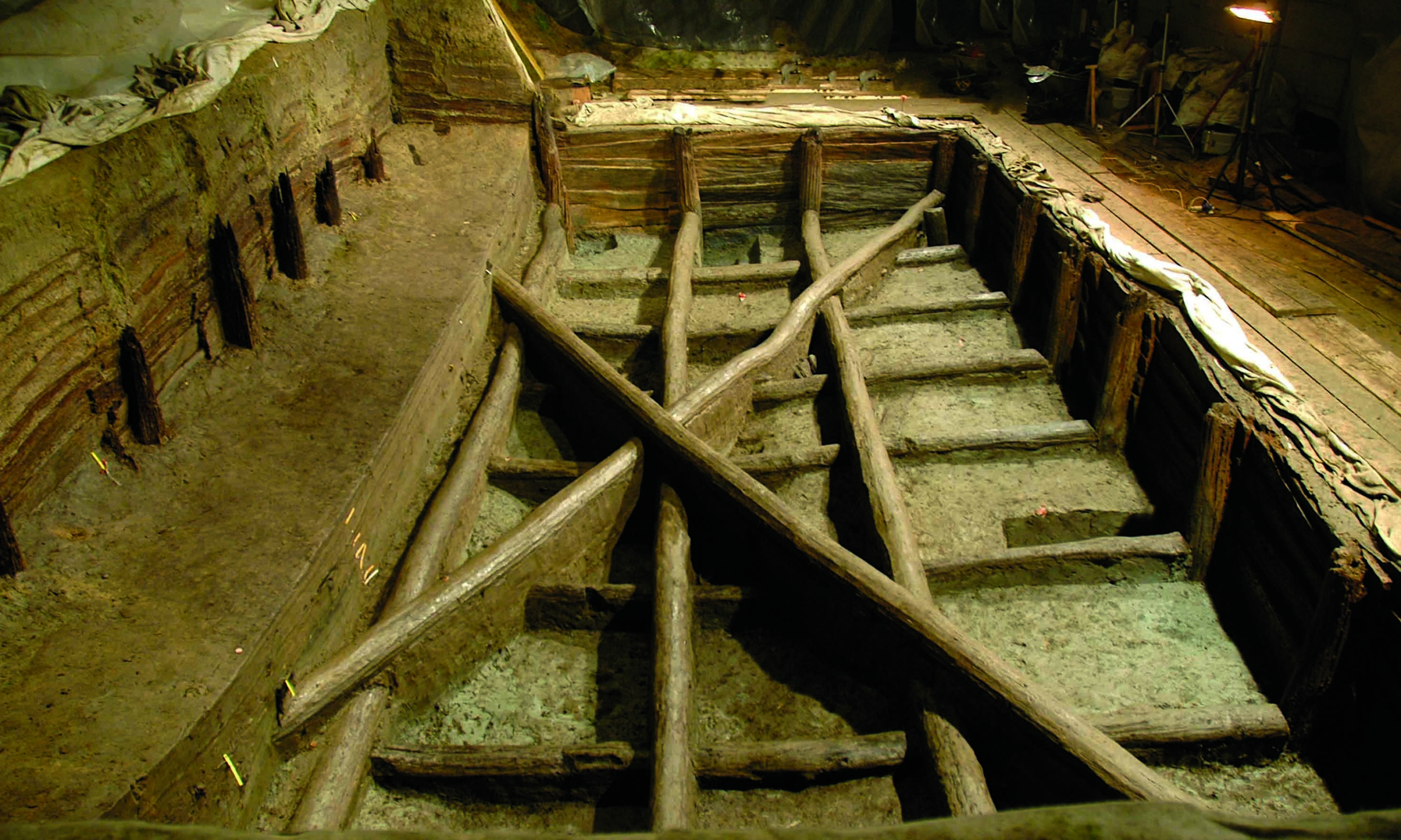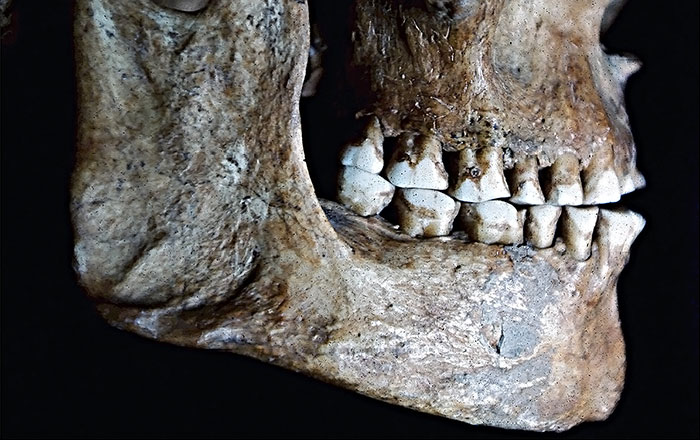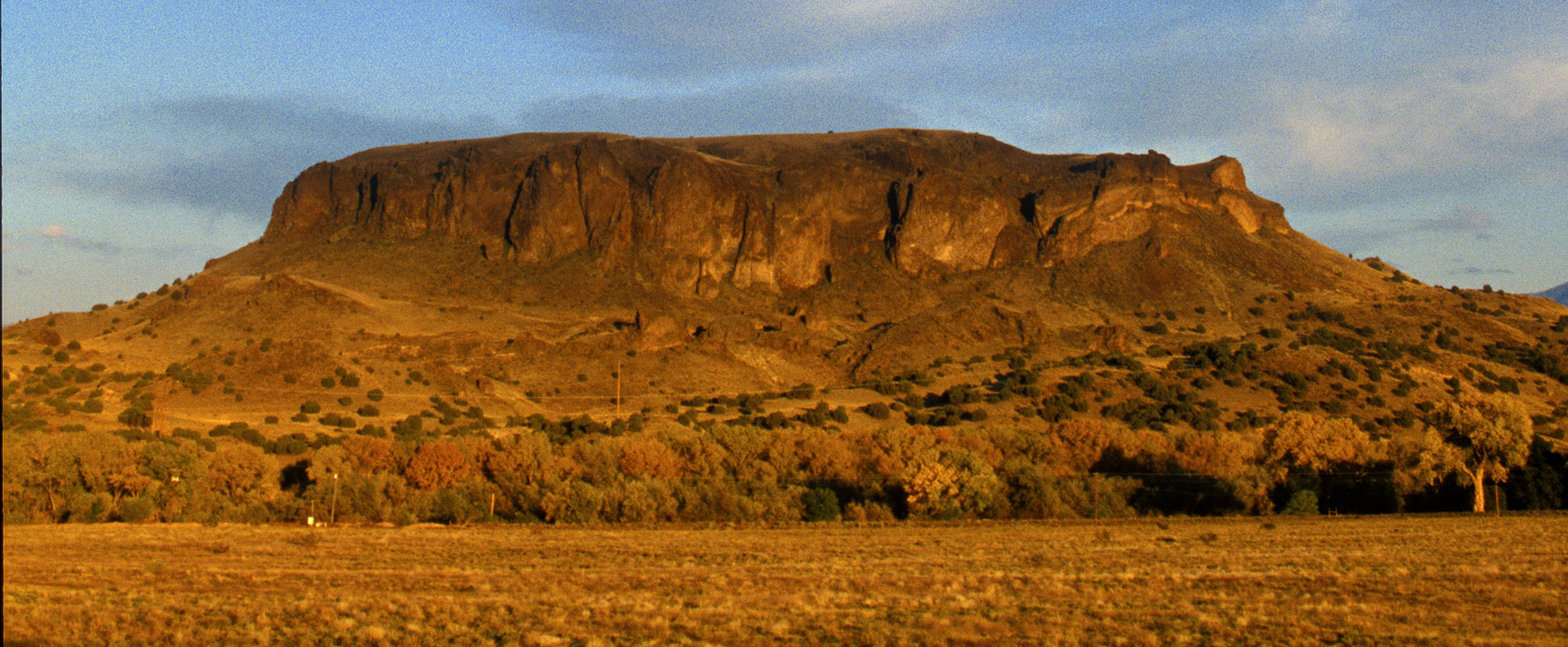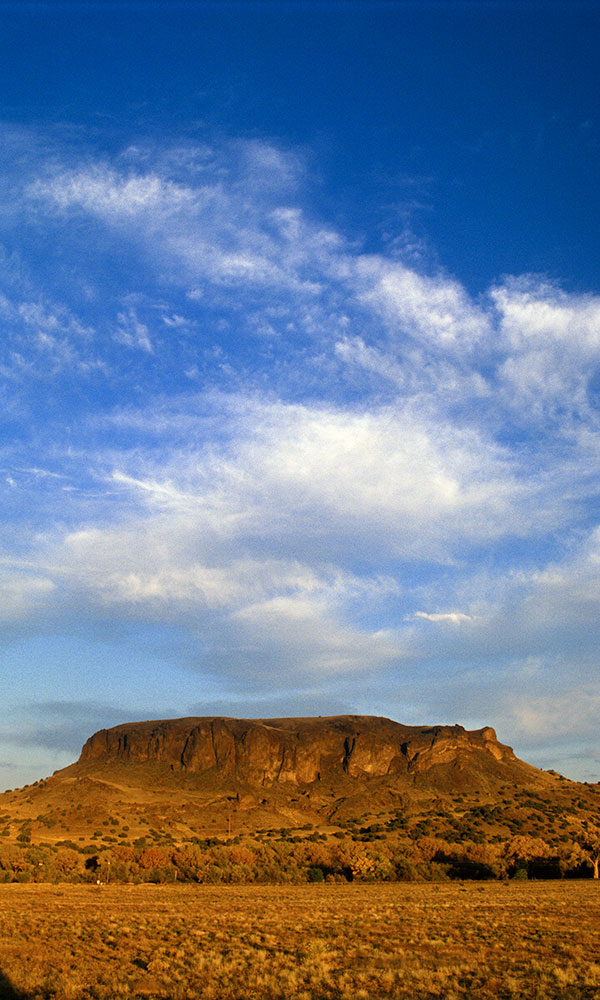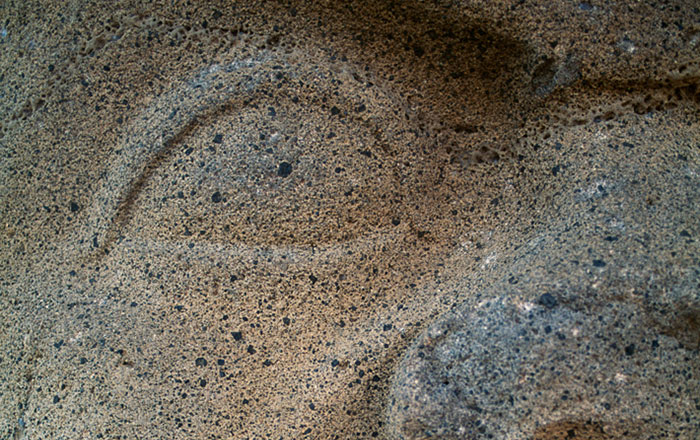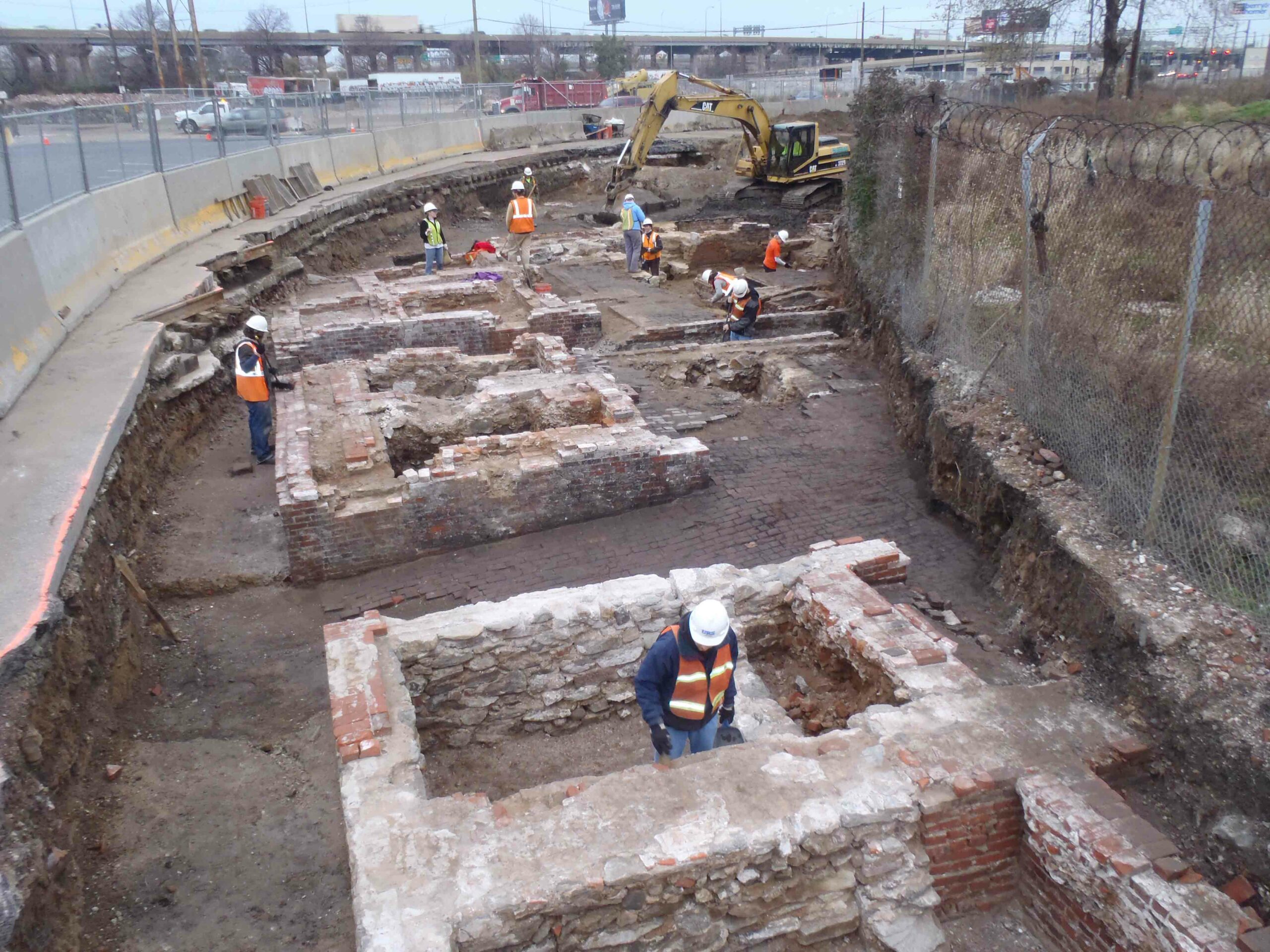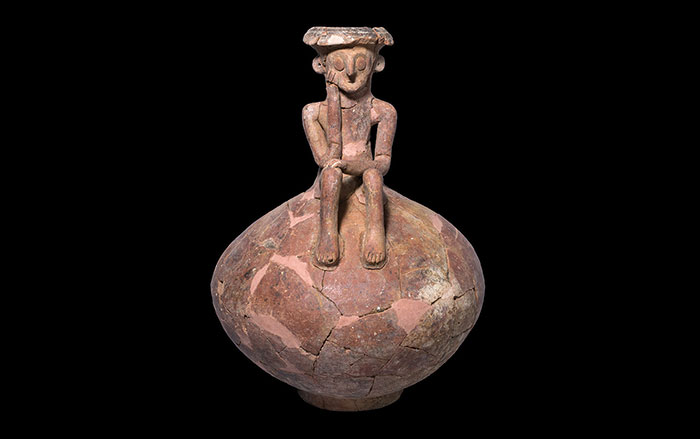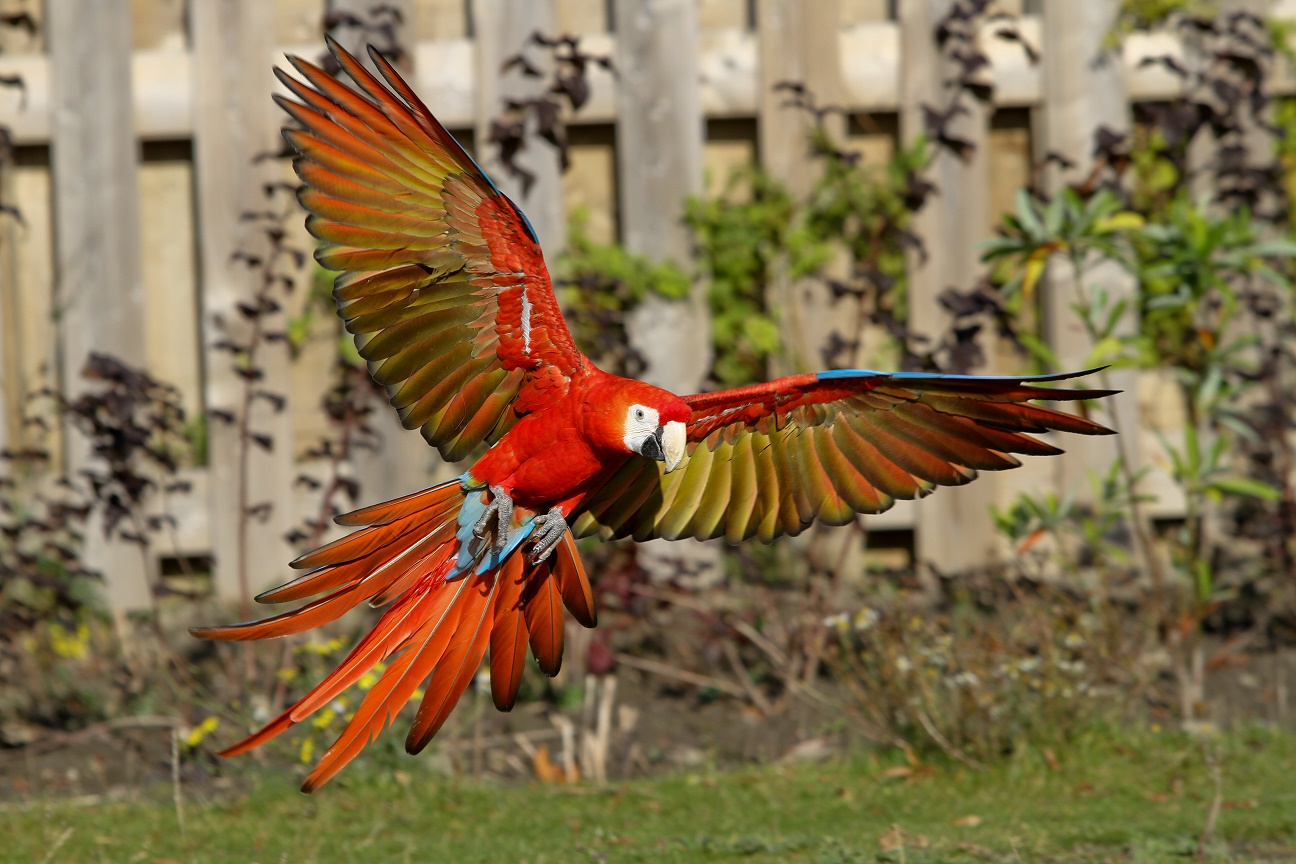
GAINESVILLE, FLORIDA—Nature reports that archaeologist Randee Fladeboe of the University of Florida analyzed remains of 17 scarlet and military macaws unearthed at three prehistoric pueblos in New Mexico. It had been thought that most of the parrot bones and feathers uncovered across the American Southwest came from tropical birds imported from rainforests in Central and South America. But new research suggests that the birds were farmed in the Southwest for their feathers. At Pueblo Bonito in Chaco Canyon, archaeologists have found what may be a 1,000-year-old aviary, complete with a 10-inch-thick layer of droppings. And Fadeboe found small bumps on the upper surfaces of the wing bones of 15 of the birds in the study. Pulling out flight feathers, which are rooted in the bone, could have caused bleeding and infection that, over time, would have left multiple marks. She also noted that one macaw had recovered from two broken wings and had signs of malnutrition and illness, as well as marks on its beak from attacks from other macaws. Its survival would have required special care and feeding by human keepers. “People were doing their utmost to keep them alive,” Fladeboe said. For more, go to “Early Parrots in the Southwest.”



